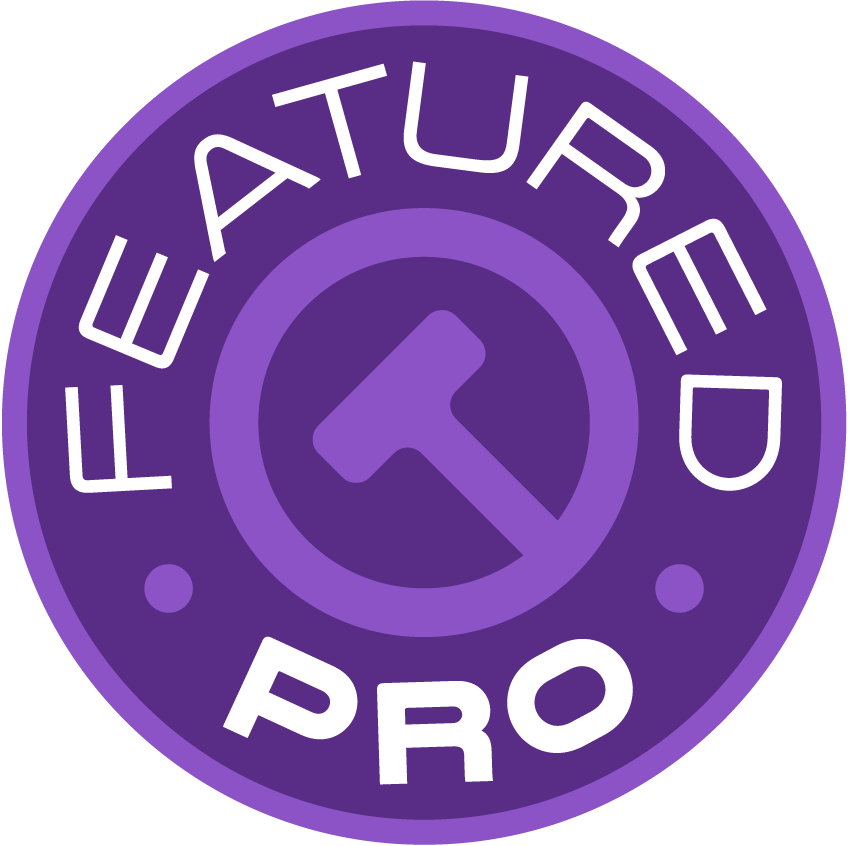
Paul Kiesel, Esq. of Kiesel Law handles complex Personal Injury, Wrongful Death, Class Action and MDL Actions. Based in California, he often travels in pursuit of justice for his clients, or to speak on the topics of litigation and litigation technology. Paul wrote us about how he uses the LIT SUITE apps in his litigation practice, and with his permission we are sharing it with all of you!
"TrialPad is such an integral part of my trial practice that I am excited to share how I use some of the key features of this program for my colleagues. Whether you are on the plaintiff side or the defense side of the practice, the one thing we all share in common is a desire to improve productivity while also enhancing the quality of our working time. TrialPad has become such a critical component of my trial preparation that I begin most cases opening up a TrialPad Case File and assembling all of my exhibits and other documentary evidence in one location. The ability to have documents and multimedia along with key documents truly improves the quality of my work life.
"So how do I use TrialPad? To begin, I have my IT professional load all of the exhibits, on a rolling basis, into TrialPad. I assign numbers to each exhibit and use the same exhibit number throughout all of the pre-trial proceedings. This way, for example, Exhibit 1, is the same exhibit from deposition to deposition and there is no need to re-number the exhibit later in the case. I typically suggest to defense counsel that we will take, for example, Exhibits 1 to 1,000, and defense can have numbers above that. Occasionally, I need to carve out an even larger number of exhibits, but that is the exception and certainly not the rule. While I may only use 100 exhibits or less, at the time of trial, I might mark several thousand exhibits.
"Let’s discuss the real-world application. In a trial I completed two years ago that resulted in a $25 million dollar award against Nissan Corporation, I pre-loaded around 100 exhibits that included both documents and multimedia files. The real plus for me of TrialPad, during trial, was the ability to display exhibits, to the judge and jury, using nothing more than an iPad, a projector, and a wall (or a screen). In a typical trial, I will use the iPad mini for trial presentation although, now that the iPad Pro is an option, I am likely to use the smaller iPad Pro 11" for trial presentation purposes and my iPad Pro 12.9" for all other aspects of the trial (see note 2).
"Back to trial preparation. Once the exhibits have been loaded in TrialPad, when taking depositions, I link my iPad up to the videographer and display the exhibit while questioning the witness. This allows for several very cool things. First, the jury is able to follow along, directly, as I question the witness about an exhibit. The screen can be split, so the jury can visualize an image on one half and the exhibit on the other. Cooler still, as I take the witness through the document, I can mark up the exhibits, using TrialPad’s annotation tools, in real time, highlighting, underlining and even pulling out key provisions I want the witness and, of course, the jury to focus on. One very important tip here: when marking up an exhibit, it is critical you press the Key Doc button to save the markups before you exit the exhibit.
"In my Nissan trial, I was able to create an exhibit, literally after the defendant’s closing argument, to use in my rebuttal. In fact, I was able to create this document in a matter of minutes that summarized the key issue in dispute. The case involved a Nissan QX56 that we claimed suffered a brake failure seconds before running a red signal, entering an intersection and tragically killing a mother and her two young children on their way to school. Nissan alleged that my client mistook the brake for the accelerator and, rather than pressing on the brake, he was actually pressing the accelerator pedal to the floor. The defendant’s theory of the case was that the speed on impact was in excess of 70 miles an hour. The trial lasted four weeks and the defendant spent well over $1 million dollars on experts and exhibits, actually performing multiple crash simulations for the jury to see. The witnesses, however, testified at trial that they estimated the speed at less than 50 miles an hour. I was able to create a document that showed that the speeds varied only a few miles an hour, from 45 to 48. Certainly nowhere near the 70+ miles an hour that the defendant contended my client was traveling. My problem, of course, was the 35 mile an hour speed limit. There was no question my client was traveling in excess of the posted limit (I agreed with that) but, had the brakes been working, all agreed he would have been able to bring the vehicle to a stop before entering the intersection. The end result: jury concluded (I asked them to) that my client was negligent, but that he was NOT a substantial factor in the collision because the brakes failed. So here’s the take away: the flexibility of being able to create this exhibit, on the fly, contributed significantly to the successful outcome of this trial. Space prevents me from going into more details but, needless to say, I wouldn’t try a case without TrialPad in my tool kit."
1 TrialPad also offers the ability for one party to take numbers and the other party to take letters. Importantly, TrialPad uses correct letter sequencing (A through Z, then AA through AZ, then BA through BZ, then CA through CZ, and so on). This ensures that you still only use two letters for exhibits well into the 700 range. No more Exhibit AAAAAA if you end up with letters!
2 If you like to use two iPad devices at trial (it’s always a good idea to have a backup), remember you can use AirDrop (https://support.apple.com/en-us/HT204144) to quickly and easily transfer documents or videos from one iPad (or Mac) to another without any cables, USBs, Bluetooth, WiFi, etc.

Learn More about Paul:
Website: https://kbla.com/attorney/paul-kiesel/
LinkedIn: https://www.linkedin.com/in/paul-kiesel-888a9a17/


